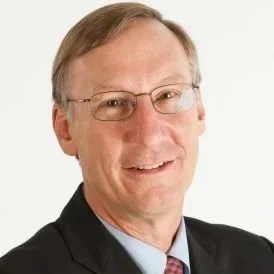2026 Keynote Speakers
Large-area electronics for electronic skins
Human skin is a multi-point, multi-modal, stretchable sensor, which has inspired the development of electronic skin for robots capable of simultaneously detecting pressure and thermal distribution. With ongoing advancements in material integration and mechanical flexibility, electronic skin has evolved beyond its initial applications in robotics and now plays a pivotal role in next-generation wearable technologies for humans. Technological progress in large-area, thin-film electronics has enabled the direct lamination of ultra-thin semiconductor membranes onto the skin, achieving seamless integration with the human body. This facilitates continuous, long-term health monitoring and paves the way for personalized medical care. The ultimate vision for electronic skin is to non-invasively monitor human activity in natural environments, establishing an interactive interface between electronic systems and human physiology.
In this presentation, I will highlight recent advances in stretchable thin-film and large-area electronics, with an emphasis on their applications in both robotics and emerging wearable healthcare devices. I will also address the current challenges and share perspectives on the future directions of electronic skin technology.
Prof Takao Someya
Executive Director, Vice President and Professor
Department of Electrical and Electronic Engineering
University of Tokyo
Dr Takao Someya is Executive Director and Vice President and Professor at the University of Tokyo. He also serves as Director General of the Division of University Corporate Relations, with oversight of startup initiatives. He is recognized as an inventor of electronic skins, which was featured in TIME Magazine as one of the best inventions of the year in 2005. His current research focuses on next-generation wearables with organic electronics for application to healthcare, biomedical, and robotics.
He has also held distinguished appointments, including Global Scholar at Princeton University, GlobalFoundries Visiting Professor at the National University of Singapore, and Hans Fisher Senior Fellow at the Technical University of Munich.
Among the honors recognizing his achievements are the 16th Leo Esaki Prize and the Commendation for Science and Technology by the Minister of Education, Culture, Sports, Science and Technology in 2019. He served as the 2024 President of the Materials Research Society in the US, the first to be elected to the position from Asia.
Towards Sustainable Large-Area Electronics: Digital Fabrication of Nature-Based Laser-Induced Graphene
Laser-induced graphene (LIG), synthesized via photothermal conversion of aromatic polymers using Direct Laser Writing (DLW), has emerged as a key enabler for rapid prototyping and efficient fabrication of carbon-based circuits and electrodes. Recently, the development of green LIG from nature-derived precursors, such as lignocellulosic materials and polysaccharides, has opened new paths for eco-sustainable electronics and bioelectronics.
In this presentation, we highlight recent progress in the digital fabrication of LIG from renewable resources, including cellulose-based papers, cork, and custom-engineered polysaccharide membranes. Through tailored precursor formulations and optimized laser parameters, we demonstrate enhanced graphitization efficiency, achieving highly conductive graphitic structures suitable for a variety of applications.
We further explore the versatility of these green LIG materials by presenting use cases in energy storage, electrochemical biosensing, and wearable bioelectrodes, showcasing their multifunctionality and biocompatibility. The potential for integration into low-impact, flexible systems positions green LIG as a cornerstone material in the development of sustainable Internet of Things (IoT) technologies for next-generation sensing platforms.
Prof Elvira Fortunato
Materials for Electronics, Optoelectronics and Nanotechnologies
NOVA FCT
Elvira Fortunato has a career distinguished by scientific, academic, and political leadership, with recognized impact both nationally and internationally. She holds a PhD in Microelectronics and is a pioneer in the field of transparent electronics, being the inventor of the first paper transistor. She is currently the most cited researcher at NOVA University Lisbon.
She has held high-level responsibilities, notably serving as Minister of Science, Technology and Higher Education, a role in which she promoted policies to bring science, higher education, and national priorities closer together. She led structural reforms such as the revision of the funding model for higher education institutions, the creation of specific quotas for low-income students (tier A), and the launch of the FCT-Tenure program, which fostered stability in scientific careers. She also coordinated the National Semiconductor Strategy, positioning Portugal within the EU Chips Act framework.
As Vice-Rector for Research at NOVA, she led a structural transformation in the university’s research support system, established the Strategic Council for Science, created the NOVA Science journal and NOVA Science Day, and restructured the Research Support Office to focus on scientific strategy, project management, and research information systems. During this time, she also championed gender equality, coordinating the SPEAR project and founding the Office for Equality and Inclusion.
Deep Blue Phosphorescent OLEDs: Can Organics Live Long Enough at High Energies to be Useful?
Perhaps the single most important problem confronting the development of OLED displays and lighting today is how to achieve sufficiently long triplet-controlled emission device lifetime to prevent rapid color change during operation, while achieving 100% internal emission efficiency. It has been shown that bimolecular (e.g. triplet-polaron, triplet-triplet) annihilation provides a source of energy sufficient to destroy the blue triplet chromophore (whether a phosphor or a TADF molecule) or its host. Since that time, many materials, structures and strategies to extend blue emission lifetime based on this understanding have been demonstrated. Furthermore, various molecular fragments have been identified whose presence leads to the observed luminance loss. Unfortunately, a fully satisfactory solution has not been shown where blue triplet emitter lifetime is sufficient to meet the standards of high performance displays, although white OLED illumination sources may now have adequate lifetime to meet industry standards. In this talk I will discuss progress in extending blue phosphorescent OLED (PHOLED), phosphor sensitized fluorescence, and TADF lifetimes using a combination of plasmons and polaritons, and in understanding of the limitations to extending the lifetime of blue triplet emitters. In particular, I will focus on the relationship between radiative state lifetime, exciton density, and the longevity of the PHOLED. I will review efforts that have resulted in increasing the deep blue phosphorescent longevity by at least 100 X via emitter design, polaritons, and optical cavity engineering. Prospects for future advances will be discussed. We will show methods to improved blue PHOLED lifetime to as long as green PHOLEDs. Lessons learned can be applied to all organic electronics that operate at high energies and energy densities.
Prof Stephen Forrest
Professor, EECS, MS&E and Physics
University of Michigan
Stephen R. Forrest is the Peter A. Franken Distinguished University Professor and Paul G. Goebel Professor of Electrical Engineering, Physics and Materials Science and Engineering at the University of Michigan. Education: B. A. Physics, 1972, University of California, MSc and PhD Physics in 1974 and 1979, University of Michigan. In 1985, Prof. Forrest joined the Electrical Engineering and Materials Science Departments at USC. In 1992, Prof. Forrest became the James S. McDonnell Distinguished University Professor of Electrical Engineering at Princeton University where he chaired the department from 1997 to 2001. In 2006, he rejoined the University of Michigan as Vice President for Research where he served until 2014. He is a Fellow of the APS, IEEE and OSA and a member of the National Academy of Engineering, the National Academy of Sciences, the American Academy of Arts and Sciences, and the National Academy of Inventors. He is co-founder or founding participant of Sensors Unlimited, Epitaxx, Inc., NanoFlex Power Corp., Universal Display Corp. (NASDAQ: OLED), Heat2Power, and Apogee Photonics, Inc., and has served on the Board of Directors and the Growth Technology Advisory Board of Applied Materials. He is past Chairman of the Board of the University Musical Society, from 2009-2012 was Chairman of the Board of Ann Arbor SPARK, and serves on the Board of Governors of the Technion – Israel Institute of Technology where he holds an honorary doctorate.



